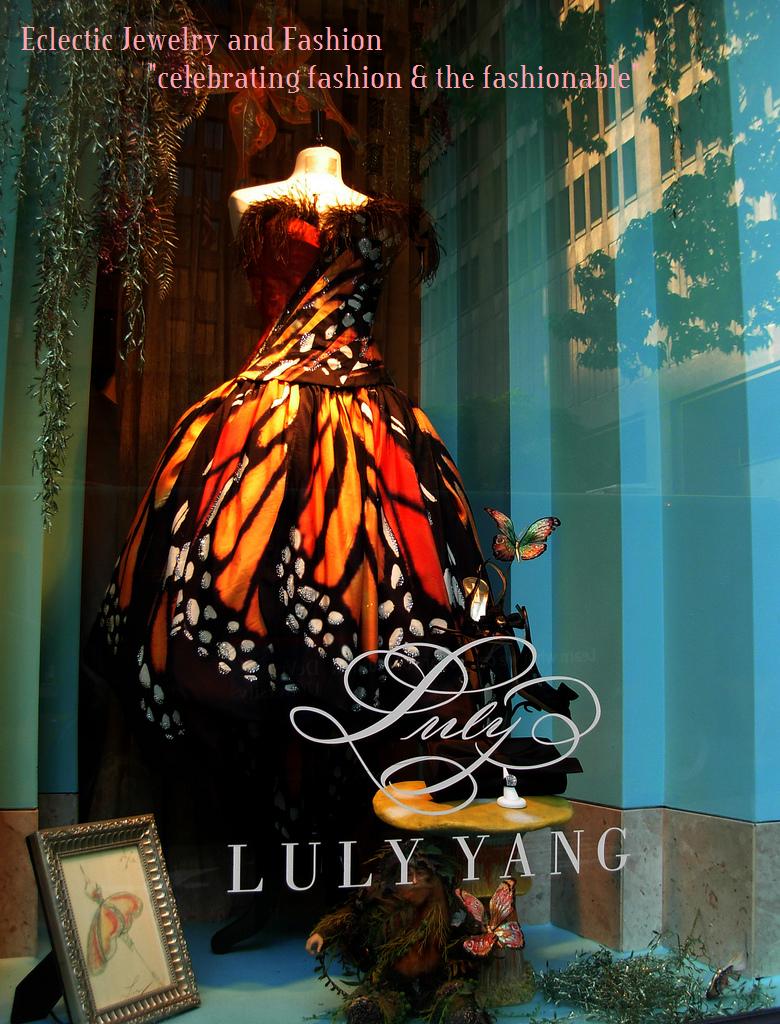 |
| Melissa Magsaysay |
WWD: You’ve said that writing a book was never your goal. So how did the idea for “City of Style” come about? Melissa Magsaysay: About two years ago, I was getting my hair washed at the Andy Lecompte Salon, which is such an exaggerated form of fashion. I looked at all these stylists and clients and thought, Los Angeles is such an interesting place fashionwise. I saw a stack of coffee-table books off to the side and thought it was worth saying something about. This would be my answer to the question we always get asked: What is style in L.A.? How people are taking trends from all over the world and filtering them through the light, the entertainment industry, the geography, the attitude that only exists here. Once I had these archetypes — like surfer, skater, Old Hollywood and bohemian — the whole point was to connect the dots.
WWD: You’re from Northern California, but you’ve also spent time on the East Coast. How has your own style changed over the years? M.M.: I’ve always gravitated toward more structured, preppy, traditional clothing, which is why I wanted to go to school in Boston [at Emerson College]. When I graduated, I moved to New York and was the door girl at Lot 61 in its heyday. The outfits they made me wear were like armor, because they literally had to protect me from everyone on the sidewalk. Then when I got my first “real job” at Prada corporate [public relations], we had to wear a uniform, which I was glad about. But all that heavy black just doesn’t feel right here. I now have a much more skater style, which I have always respected from growing up around those boys, whom I always had crushes on.
WWD: Where did you find the real people for the style snapshots? M.M.: Some of them are people we know, like designer Melissa Coker of Wren or Cameron Silver of Decades, but others were my waiter or a hostess. One kid worked in a skate shop on Larchmont Boulevard and I spotted him on his cigarette break, and another was working at the Gjelina takeaway window on Abbot Kinney Boulevard. Friends would tell me about shopgirls they’d seen, so I’d call the stores and track them down. Sometimes their boyfriends would amble in, and we couldn’t pass it up because they were so perfect. We’d also stand on the street for hours. Street stalking is not as easy in L.A. as you think it is.
WWD: How did you edit them all down? M.M.: There had to be a nuanced element about their style. I didn’t want some girl in a flowy top and floppy hat who had clearly just seen a picture of Nicole Richie and wanted to be boho today. I wanted them to be authentic. That’s why I included questions with the photos. There’s people in the “Glamour” chapter who have never been seen in public without lipstick, or others.
WWD: How do you view all the “me” generation of fashion bloggers who do nothing but post photos of themselves? M.M.: There will always be a place for editors. But as fashion has become more democratized, there’s a whole generation between junior high and college who want to see themselves in fashion. They don’t want to see something so unattainable. With that comes a sense of no facade, which is the opposite of the mystery and allure of high fashion. But I appreciate that aspect, because it makes style more accessible to people.
(WWD)


No comments:
Post a Comment